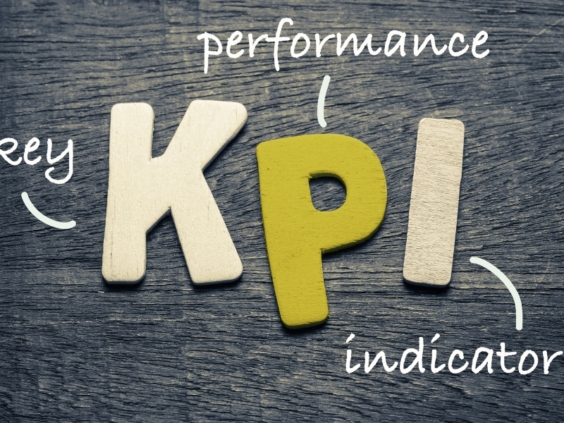Using KPIs to Drive Management Decisions
KPIs as important management tools
Key Performance Indicators (KPIs) are important management tools and we encourage business leaders to use KPIs in their businesses.
What is a KPI?
A KPI is a quantifiable measurement or metric which helps track the progress towards business goals. Leaders use KPIs to make better, data-driven decisions. They also guide behaviour, productivity and decision-making, while providing transparency and accountability.
What forms can KPIs take?
There are different kinds of KPIs. Here’s an overview:
- Financial KPIs are the most common. Examples include operating and net profit margin, sales growth and accounts receivable turnover
- Organisational KPIs measure strategic, long-term goals that are tied to a company’s mission or values. Examples include market share gains, customer acquisition increases, global expansion and revenue growth
- Operational KPIs monitor the day-to-day business performance of processes, teams and individuals in various business functions such as human resources, sales, inventory management and marketing
- Leading KPIs are predictive. They point to possible future events or outcomes and are useful for planning purposes. For example, a sudden increase in the number of returned products might signal an issue with quality and indicate that revenue will drop in the future
- Lagging KPIs measure what has already happened and highlight patterns or trends which help leaders make important decisions. For example, if inventory turnover has been decreasing in recent months, management may take action to reverse the trend.
How do leaders develop KPIs for a business?
Each business is different but establishing KPIs usually means:
- Reaffirming the Business Goals. For example, a business aiming to increase revenue, enter new markets, downsize the labour force or acquire a competitor will be interested in different KPIs
- Defining KPIs Suited to Your Goals: For example, a business focused on top-line growth may track the number of leads, sales conversion, number of Clients and revenue growth. The industry, or business model will also influence the KPIs you choose. For example, a service provider may monitor Average Hourly Rates achieved on each project while a manufacturer may track how quickly they convert their investment in fixed assets and inventory into cash
- Outline the Data Sources for KPIs. There’s no point developing KPIs for which you cannot easily obtain the underlying data or if that data is inaccurate. Establish how data will be collected and how often it will be updated.
- Determine How to Communicate KPIs. Charts and graphs presented in dashboards help the team to visualize progress without much explanation. Simplicity also helps leaders get buy-in from all stakeholders, especially those who are critical to achieving the business objectives.
How are KPIs used?
Having developed KPIs, use them for
- Planning: Going through the process above will help leaders build robust long and short-term plans.
- Tracking Progress: Internal meetings to review performance relative to KPIs helps managers to make adjustments and improve performance
- Provide Focus: A team pulling together in the same direction is more likely to be successful. KPIs provide this focus while also forming the basis of incentive plans.
Do you need to develop or update KPIs for your business?
Need help developing KPIs for your business? Get in touch with Notch Above’s Bookkeeping Team on 1300 015 130 or read more at Understanding the Numbers.



